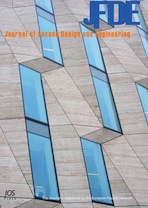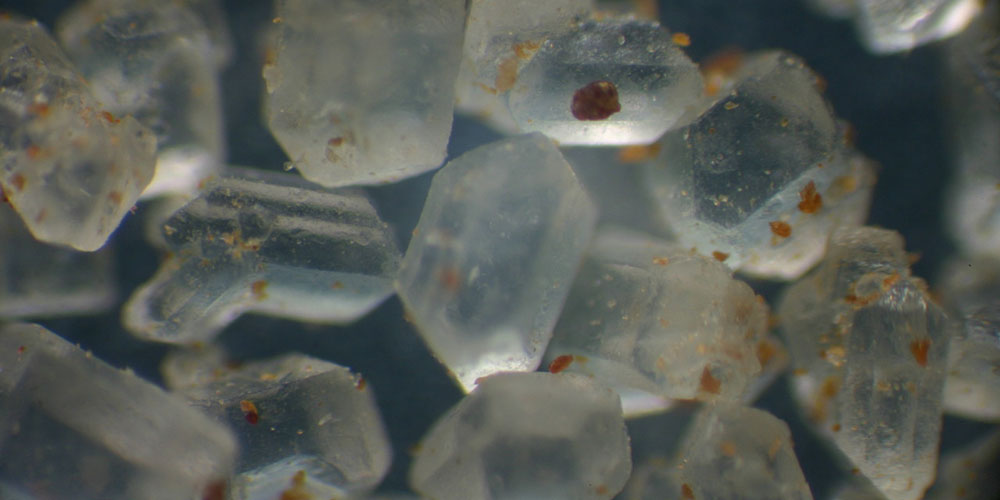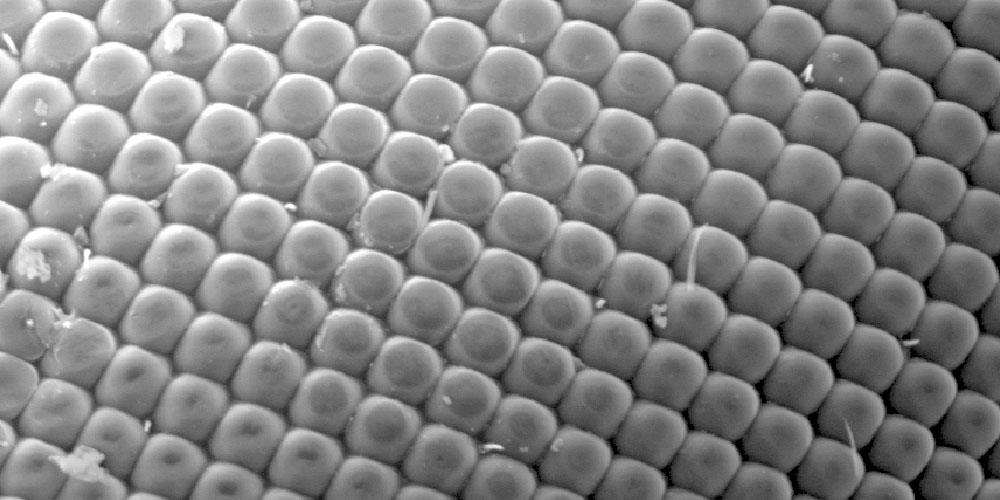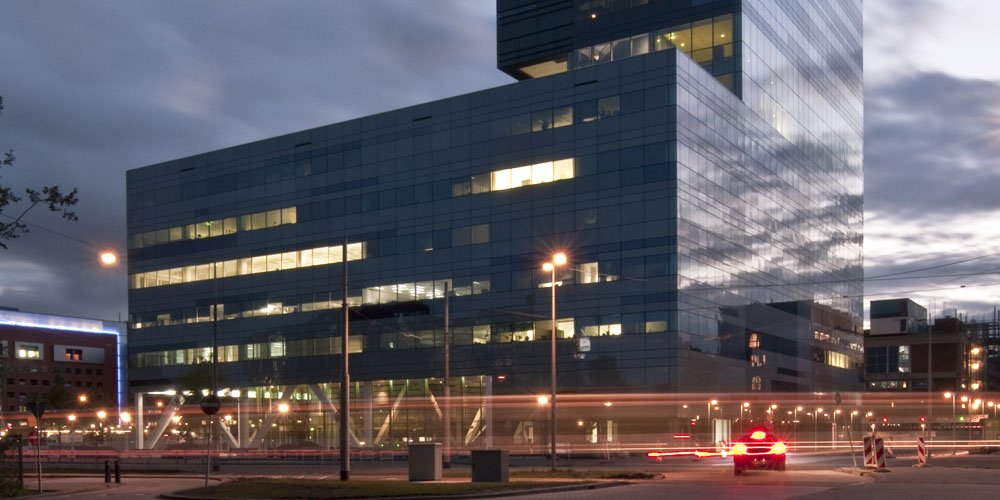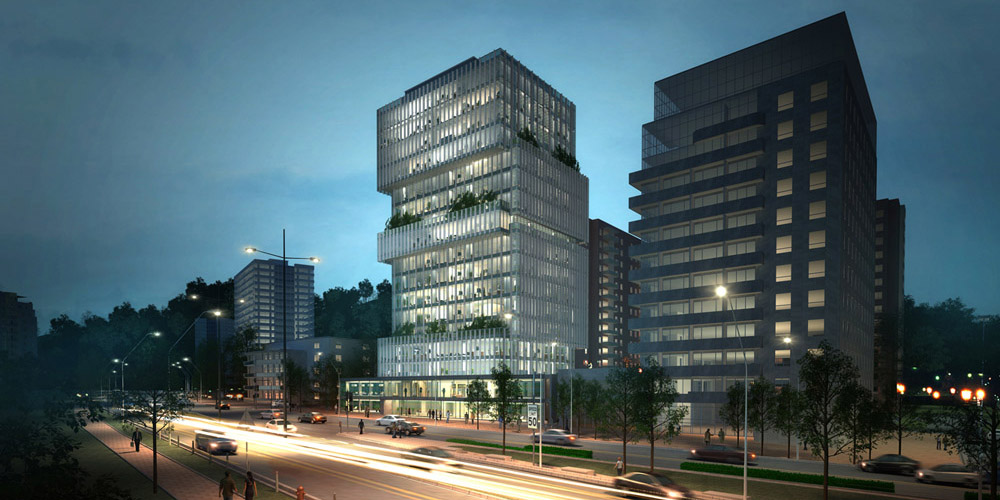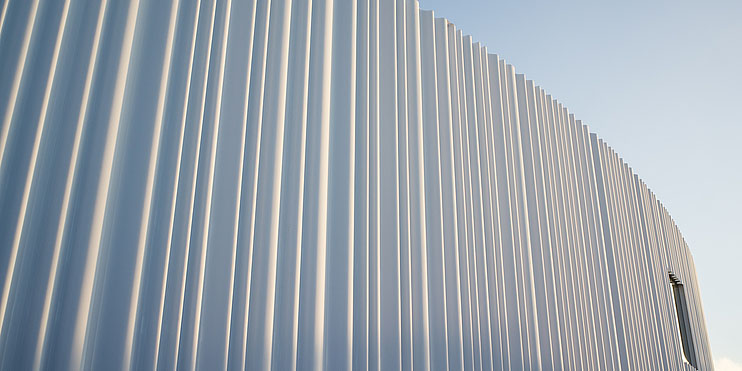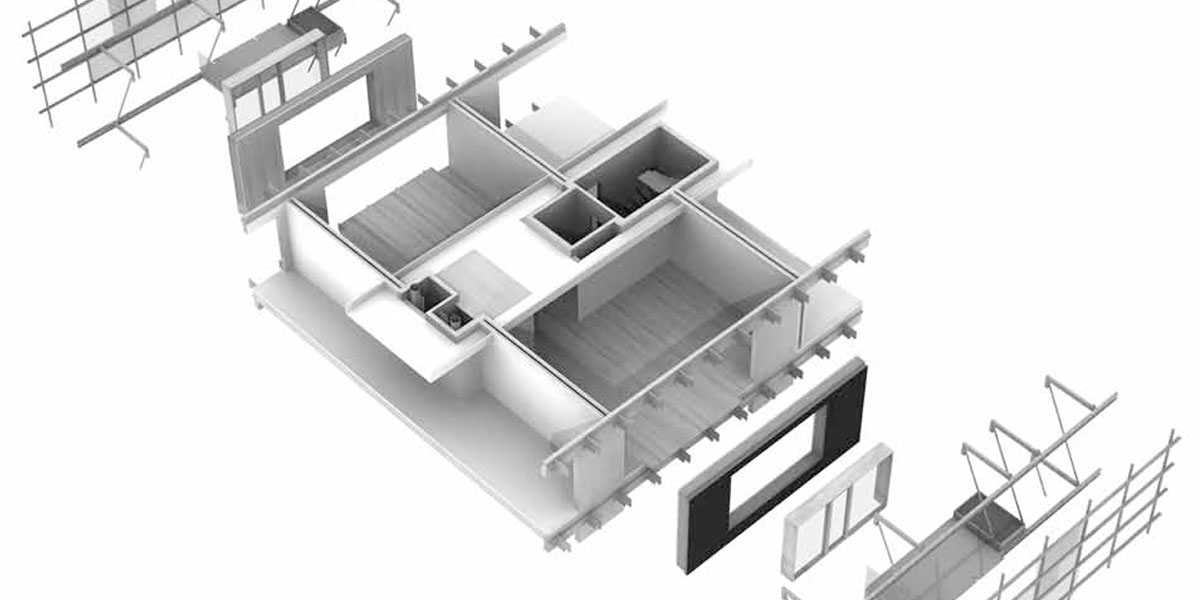Editorial
-
We are delighted to announce the launch of the Journal of Facade Design and Engineering. It is the result of an ongoing discussion with colleagues from our discipline about the need for a scientific platform that focusses on the building envelope. Since we founded the Facade Research Group at TU Delft in 2005, we observed a growing demand for facade design and engineering in the building field. One obvious reason is the importance of the facade related to the energy consumption of buildings, as well as the user comfort.
This development is also reflected in the scientific...
Articles
-
The rapid developments in molecular sciences like nanotechnology and self-organizing molecular systems generate a wealth of new materials and functions. In comparison to electronics the application in architecture remains somewhat underexposed. New functionalities in optics, responsive mechanics, sensing and adjustable permeation for gases and water might add to new opportunities in providing for personal comfort and energy management in houses and professional buildings.
With a number of examples we demonstrate how complex but well-controlled molecular architectures provide...
-
Relevance: The value of any intervention in the built environment is most relevant for the stakeholders that are investing in it. For them all costs need to be balanced with benefits - not necessarily directly financial, but adding value to the performance of the accommodated organization. Business cases contain performance criteria like competitive advantage (branding the organization), productivity (optimally supporting users of the building), profitability (on organizational level) and sustainable development (monitoring the ecological footprint). In the changing real...
-
Process mapping can lead to significant efficiency and quality improvements in construction engineering and is an ideal basis for developing IT support tools. The increasing complexity and multidisciplinary nature of façade design and construction suggest that a process map would be beneficial in this sector of the construction industry, but it has received limited attention to date. This paper presents a verified process map of the façade design and construction process. The map is the first of its kind to represent, in detail, the whole process relevant to all façade types, from...
-
This paper is part of a general research project whose main objective is to establish a baseline for post-occupancy energy consumption and indoor environmental quality for office buildings in Santiago, Chile. This study aims at understanding how architectonical variables relate to, and can even determine, user comfort perception. Thus, one-year continuous monitoring in several floors at four office buildings was performed and seasonal surveys were completed. Survey participants were asked a series of questions regarding spatial orientation and comfort perception in their...
-
Environmental, commercial and societal developments in the Netherlands stimulate the environmental improvement of the existing office building stock. In the Netherlands, about 15% of all office area was vacant in 2012, and the majority of offices have a relative poor energy performance. To measure the improvement, different assessment tools are applied. These tools either focus on one aspect, such as operation energy, and result in a specific outcome such as MJ/m2, or these tools combine different aspects, such as energy and materials, through a weighted system and result in a...
-
Acrylic glass is omnipresent in the industrialised world; but as a building material most architects, facade planners and engineers are still unfamiliar with this material. In most cases it is applied as a substitute for glass which leads to inappropriate joints and fixtures. During the years of the path toward the digital era, the authors were in the fortunate position to be involved in several unconventional glass and acrylic glass projects.
On the basis of their most recent project, the facade of the Vitra VSL Factory by SANAA Architekten, they describe the development...
-
This paper argues for a new critical approach to the ways architectural design strategies are developing. Contemporary construction industry appears to evolve into highly specialized and optimized processes driven by industrialized manufacturing, therefore the role of the architect and the understanding of the architectural design process ought to be revised. The paper is based on the following underlying hypothesis: ‘Tectonic thinking – defined as a central attention towards the nature, the properties, and the application of building materials (construction) and how this attention forms...
